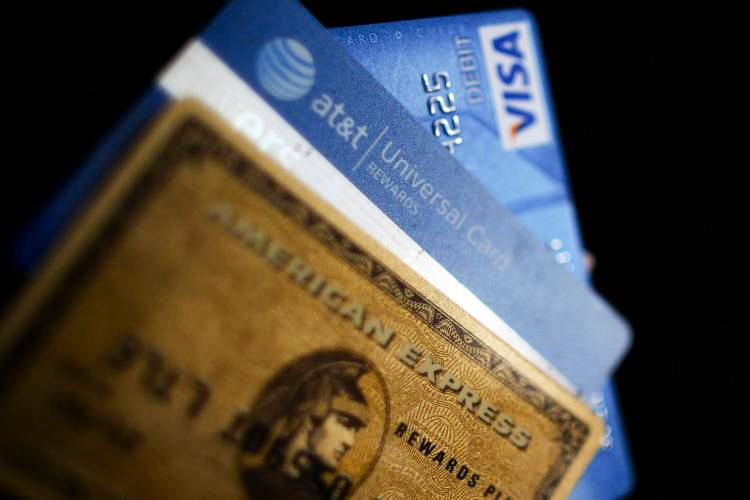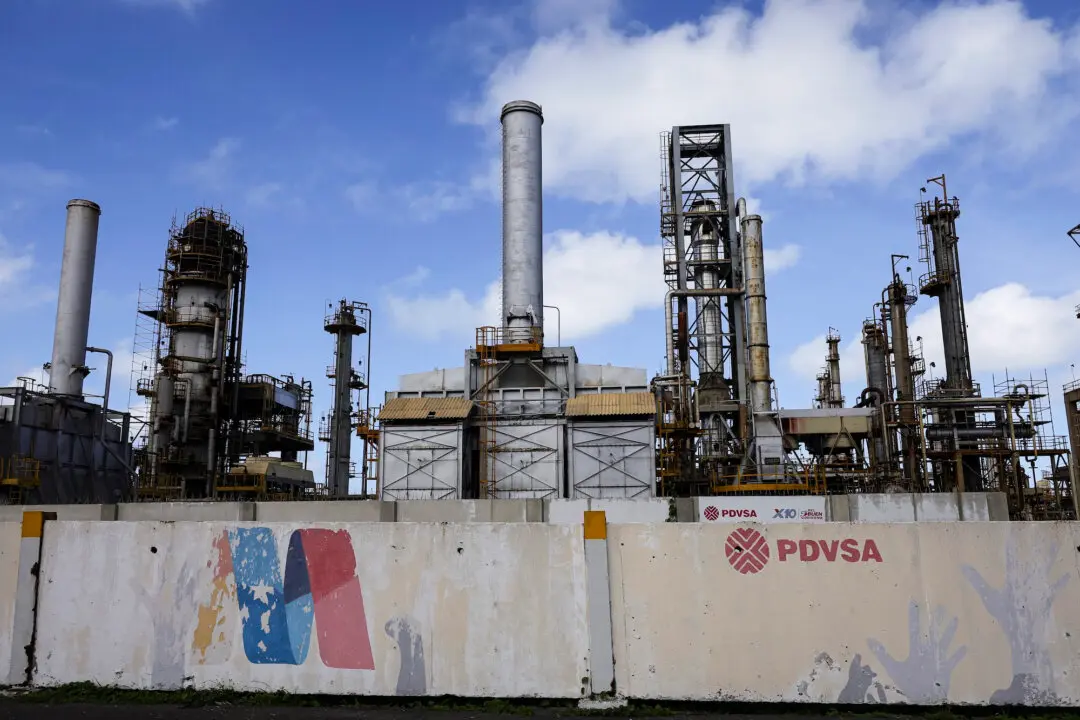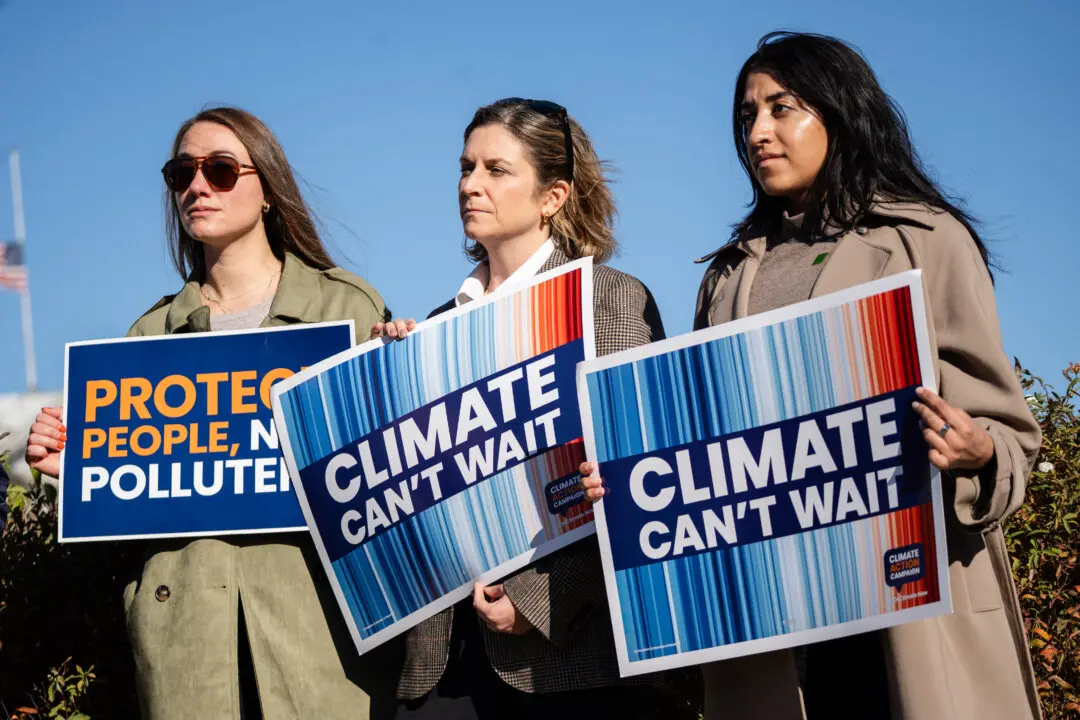Rising prices and higher interest rates are trapping many Americans in expensive credit card debt, a new report states.
According to a survey released Thursday by Bankrate, a financial analytics firm, 37 percent of American credit card holders have maxed out or nearly maxed out on their card limits since the Federal Reserve began raising interest rates in March 2022.





